Heads up! We may use affiliate links in this post. You'll never pay more, but we might earn a small commission if you buy - thanks for supporting us! See our full disclosure here.
If you’re rocking those stubborn strands that seem to repel moisture like it’s their job, you’ve probably been on a wild goose chase for the perfect hair oil. But, not all oils are your friends when it comes to low porosity hair. In fact, some can leave you looking like you’ve just stepped out of an oil slick instead of a salon.
Today, we’re spilling the beans on low porosity hair oils to avoid. Yep – we’re naming and shaming those sneaky saboteurs that have been weighing down your mane and ruining your hair goals!
YOU MIGHT LIKE THESE TOO:
- 5 DIY Hair Masks For Low Porosity Hair
- Got Low Porosity Hair? These Are The Best Oils To Use!
- How To Use Clove Oil For Hair Growth
If you’ve been wondering why your locks look limp or why your wash day feels like a losing battle, this guide is for you.
But how do you know if you even have low porosity hair?
How To Test For Low Porosity Hair
Just to be sure that you are definitely in the right place, here are three simple methods you can use to check you actually have low porosity hair:
The Strand Test: Take a clean, dry strand of hair and drop it into a glass of water. If the hair floats on the surface for an extended period without sinking, it’s likely to have low porosity. Low porosity hair repels water due to its tightly closed cuticles, causing it to float rather than absorb moisture.
The Spray Bottle Test: Spritz a small section of hair with water using a spray bottle. If the water beads up and sits on the surface of the hair rather than being absorbed, it may indicate low porosity.
The Product Absorption Test: Apply a small amount of a lightweight, water-based hair product to a section of hair. If the product sits on the surface of the hair without being absorbed, it could be a sign of low porosity. Low porosity hair has difficulty absorbing products which can result in product buildup on the hair’s surface rather than penetration into the hair shaft.
Low Porosity Hair Oils To Avoid
Now we’ve covered that, let’s take a look at the oils you should keep well away from.
Coconut Oil
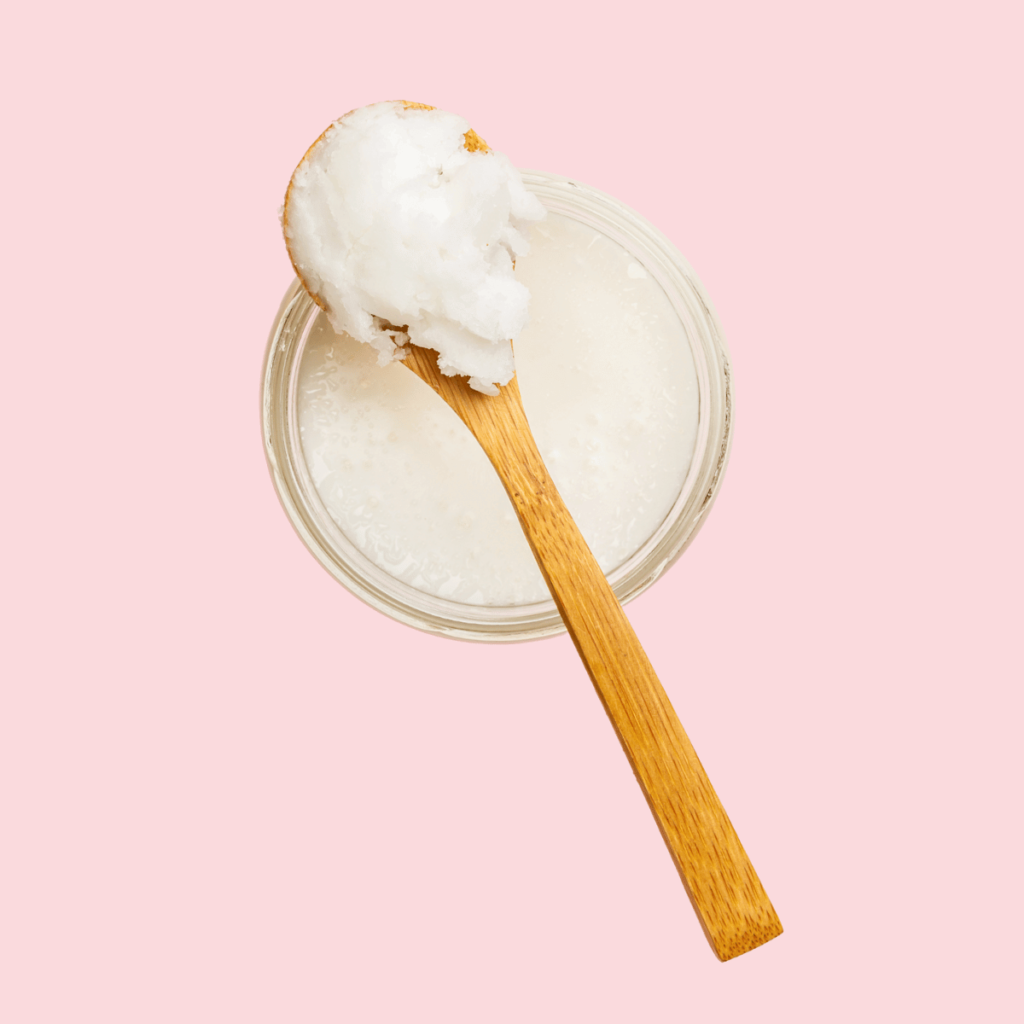
Coconut oil has long been hailed as a miracle ingredient for hair care.
According to a study by the Journal of Cosmetic Science, coconut oil “has a high affinity for hair proteins and, because of its low molecular weight and straight linear chain, is able to penetrate inside the hair shaft”, which can essentially nourish and moisturise from within.
However, for those with low porosity hair, this can be a double-edged sword.
The tightly closed cuticles of low porosity hair can make it difficult for coconut oil to penetrate, leading to a buildup of product on the hair’s surface.
This buildup can leave hair feeling heavy, greasy, and weighed down, rather than soft and moisturised as intended.
Shea Butter

Shea butter is another popular ingredient in hair care products, prized for its rich moisturising properties.
Like coconut oil, however, it can pose challenges for those with low porosity hair. The thick, heavy texture of shea butter can make it difficult for it to penetrate the hair shaft, leading to buildup and potential issues with product absorption.
While shea butter can be beneficial for some hair types, those with low porosity hair may find that it leaves their locks feeling coated and weighed down.
Mineral Oil
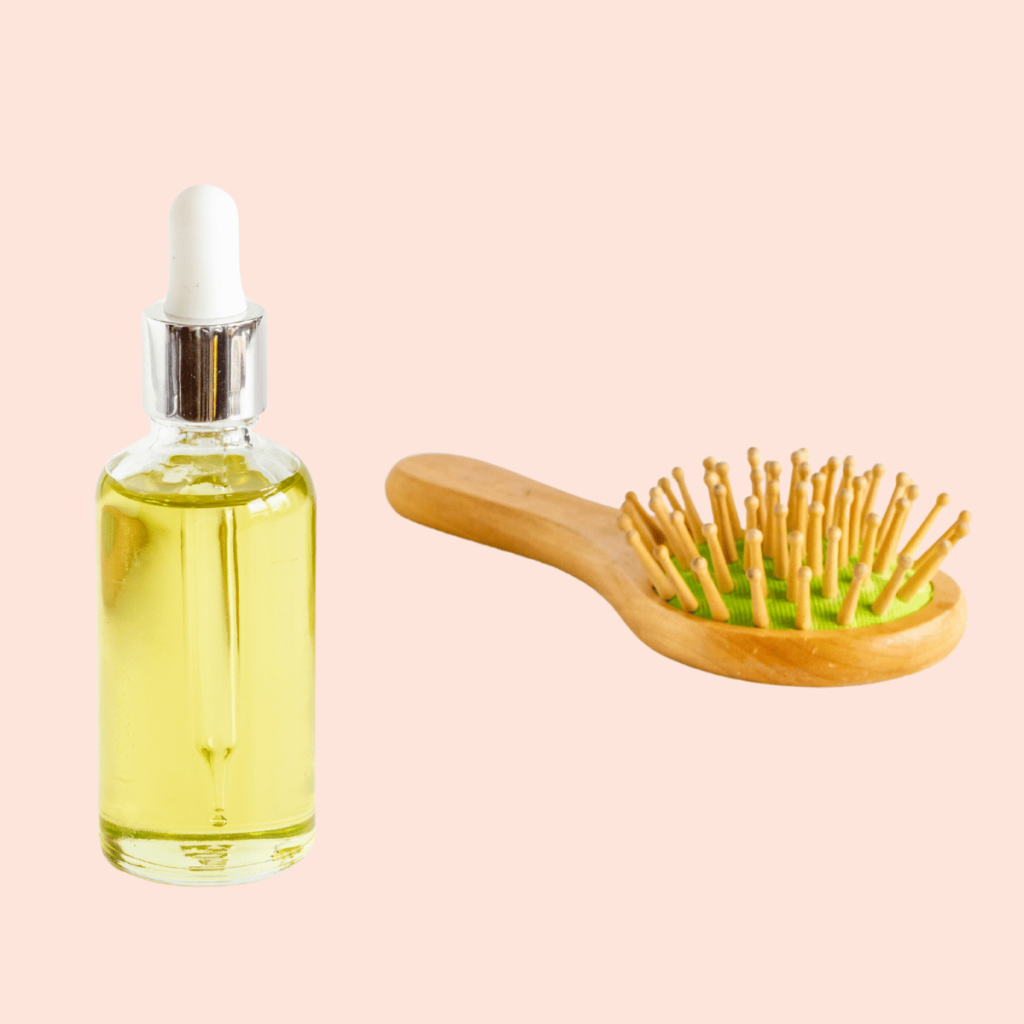
Mineral oil is a petroleum-derived product often used in hair care products as a sealant to lock in moisture.
While this can be beneficial for those with high porosity hair, which tends to lose moisture easily, it may not be the best choice for those with low porosity locks.
The tightly closed cuticles of low porosity hair can make it difficult for mineral oil to penetrate, leading to a buildup of product on the hair’s surface.
This buildup can leave hair feeling heavy and greasy, rather than light and moisturised.
Olive Oil
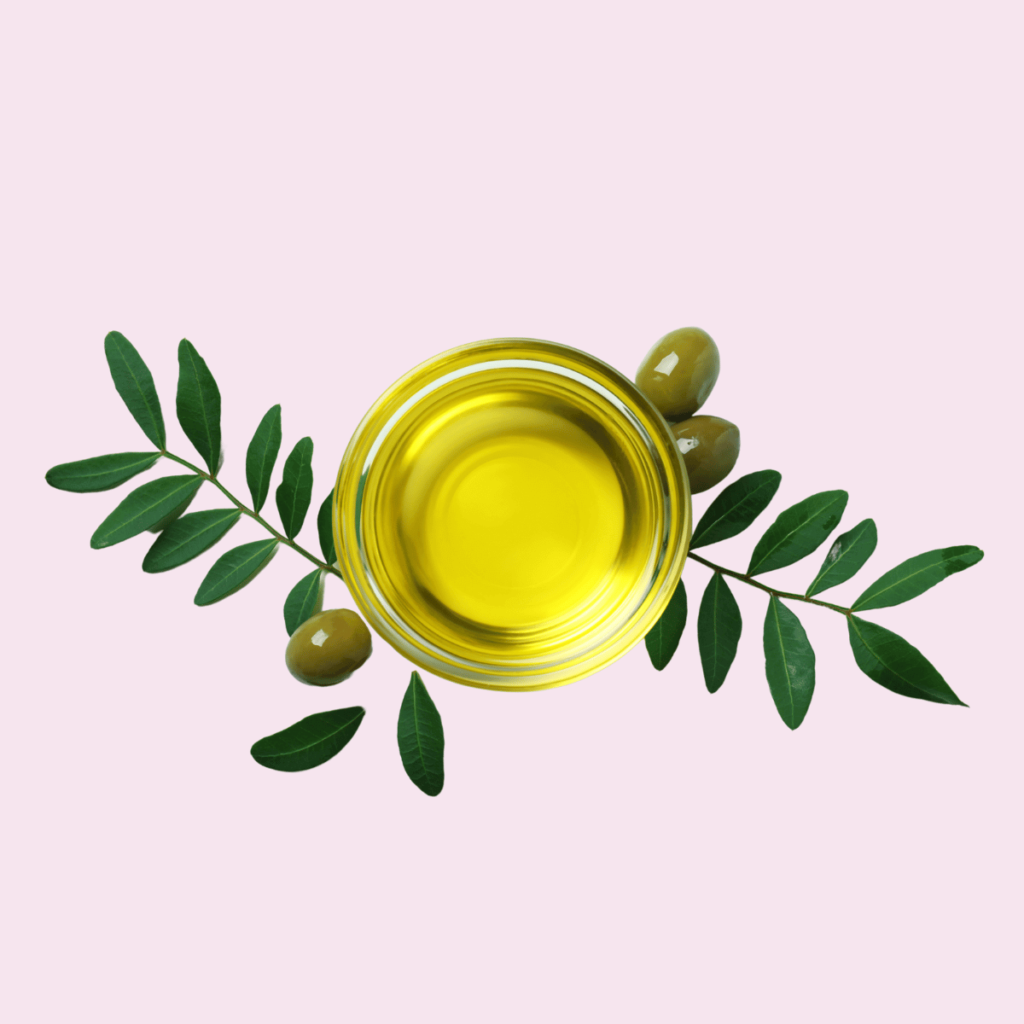
Olive oil, while touted for its versatility in cooking and beauty routines, may not be the best choice for low porosity hair.
Compared to other oils, olive oil is composed of larger molecules. This molecular structure can pose a challenge for those with low porosity hair, as the tightly closed cuticles characteristic of this hair type often struggle to absorb these larger molecules.
As a result, instead of being absorbed into the hair shaft to provide nourishment, olive oil tends to sit on the surface of the hair, leading to buildup over time.
The following oils are not that great for low porosity hair either…
Mango Butter
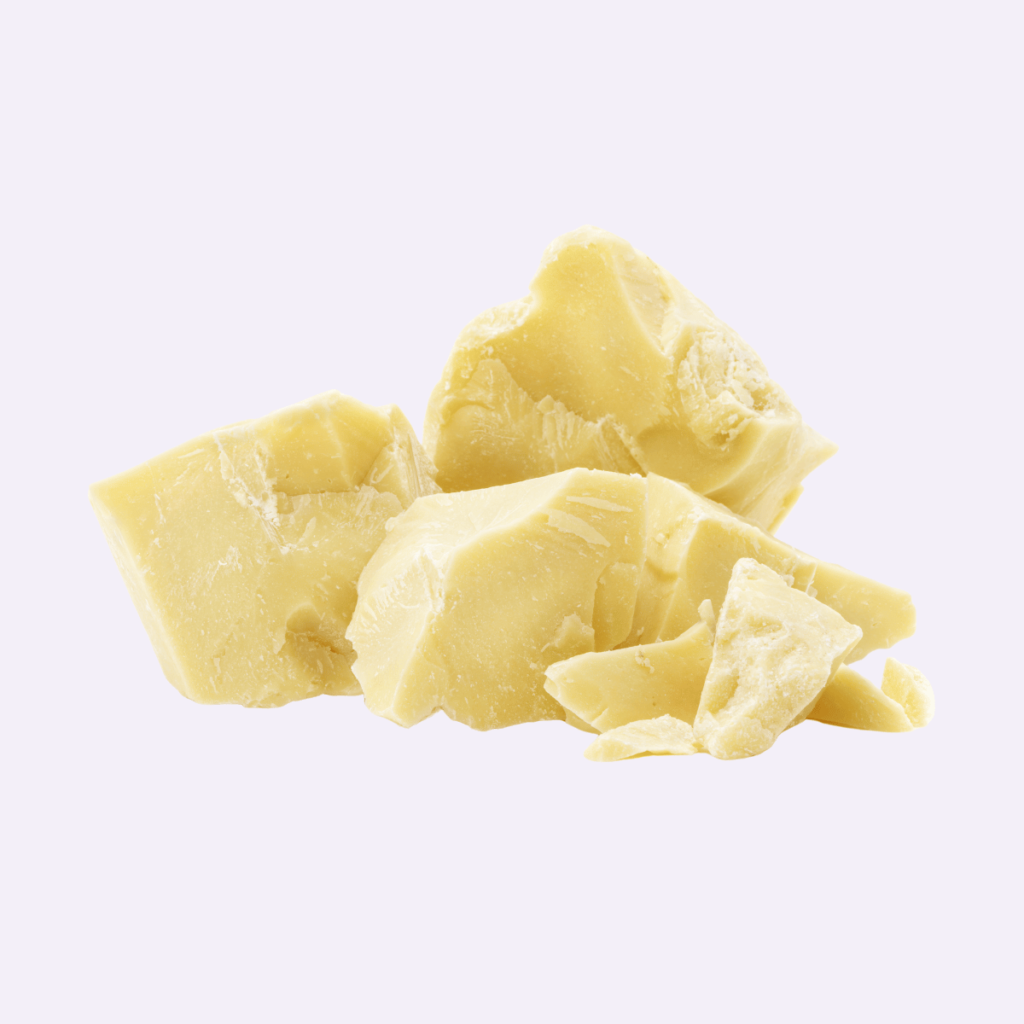
Mango butter definitely has some good points for hair.
Isfahan Chambers-Harris, PhD, a biomedical scientist and trichologist tells Byrdie, “Mango butter is excellent because it contains nutrients such as vitamins E and A, which help with moisturization, and it also fortifies the scalp.”
But, like shea butter, mango butter can be heavy and doesn’t absorb quickly which can lead to buildup on the hair shaft, particularly for those with low porosity locks.
Castor Oil

Castor oil is a popular natural ingredient in hair care products.
Rich in fatty acids, particularly ricinoleic acid, castor oil is renowned for its potent moisturising and anti-inflammatory properties.
However, it may not be the best choice for low porosity hair. Castor oil is thick and viscous, which can make it difficult to penetrate the tightly closed cuticles of low porosity hair.
Instead of being absorbed, castor oil may sit on the surface of the hair, leading to buildup and potential issues with product absorption.
While some may find success with using castor oil in their hair care routine, those with low porosity hair may want to experiment with lighter oils or oil blends instead.
What Else Should I Avoid With Low Porosity Hair?
If you’ve got low porosity hair, there are a few other things you might want to steer clear of to keep your locks in top shape.
Here are some additional things to avoid:
Heavy Products: Just like heavy oils and butters, heavy styling products such as thick creams and gels can weigh down low porosity hair and lead to buildup. Opt for lightweight formulas instead.
Overusing Protein Treatments: While protein treatments can be beneficial for strengthening the hair shaft, overdoing it can cause protein overload, especially in low porosity hair. Limit the use of protein treatments to once every 4-6 weeks or as needed, and choose products with a balanced protein-to-moisture ratio.
Avoiding Heat Styling Without Protection: While heat can help open the hair cuticle and allow moisture to penetrate, excessive heat styling without proper protection can lead to damage and dryness. Use a heat protectant spray or serum before using heat styling tools, and try to limit heat styling to minimise damage.
Skipping Regular Clarifying: Low porosity hair is more prone to product buildup, so it’s important to clarify your hair regularly to remove any buildup and impurities. Use a clarifying shampoo once a month or as needed to keep your hair feeling fresh and clean.
Avoiding Harsh Sulphates: While clarifying shampoos are important for removing buildup, avoid using harsh sulphates on a regular basis, as they can strip the hair of its natural oils and lead to dryness and damage. Look for sulphate-free shampoos that cleanse gently without stripping the hair.
Skipping Deep Conditioning: Deep conditioning treatments are essential for keeping low porosity hair hydrated and nourished. Don’t skip this step in your hair care routine, and consider using a deep conditioner with ingredients like glycerin and aloe vera to help hydrate and soften your locks.
Avoiding Long-Term Protective Styles: While protective styles like braids and twists can help protect low porosity hair from damage, wearing them for too long without proper care can lead to tangles, breakage, and dryness. Take breaks between styles to moisturise and care for your hair, and avoid styles that put too much tension on the hairline or edges.
Alternative Oils For Low Porosity Hair
Now you know exactly what low porosity hair oils to avoid, here are some oils you should be using in your hair:
Argan Oil: Argan oil is lightweight and easily absorbed, making it an excellent choice for low porosity hair. Rich in vitamin E and fatty acids, argan oil helps to moisturise the hair without weighing it down, leaving it soft, smooth, and shiny.
Jojoba Oil: Jojoba oil closely resembles the natural oils produced by the scalp, making it an ideal choice for low porosity hair. It helps to moisturise and condition the hair without leaving behind a greasy residue, and it’s easily absorbed, making it suitable for all hair types.
Sweet Almond Oil: Sweet almond oil is another lightweight oil that’s easily absorbed by the hair shaft. It’s rich in vitamins and minerals that nourish and strengthen the hair, leaving it soft, shiny, and manageable.
Grapeseed Oil: Grapeseed oil is lightweight and non-greasy, making it perfect for low porosity hair. It’s rich in antioxidants and vitamin E, which help to moisturise and protect the hair from environmental damage.
Avocado Oil: Avocado oil is rich in monounsaturated fats and vitamins A, D, and E, making it a great choice for moisturising and nourishing low porosity hair. It’s easily absorbed and helps to strengthen the hair and promote hair growth.
RELATED: Got Low Porosity Hair? These Are The Best Oils To Use!
Save on Pinterest for later?
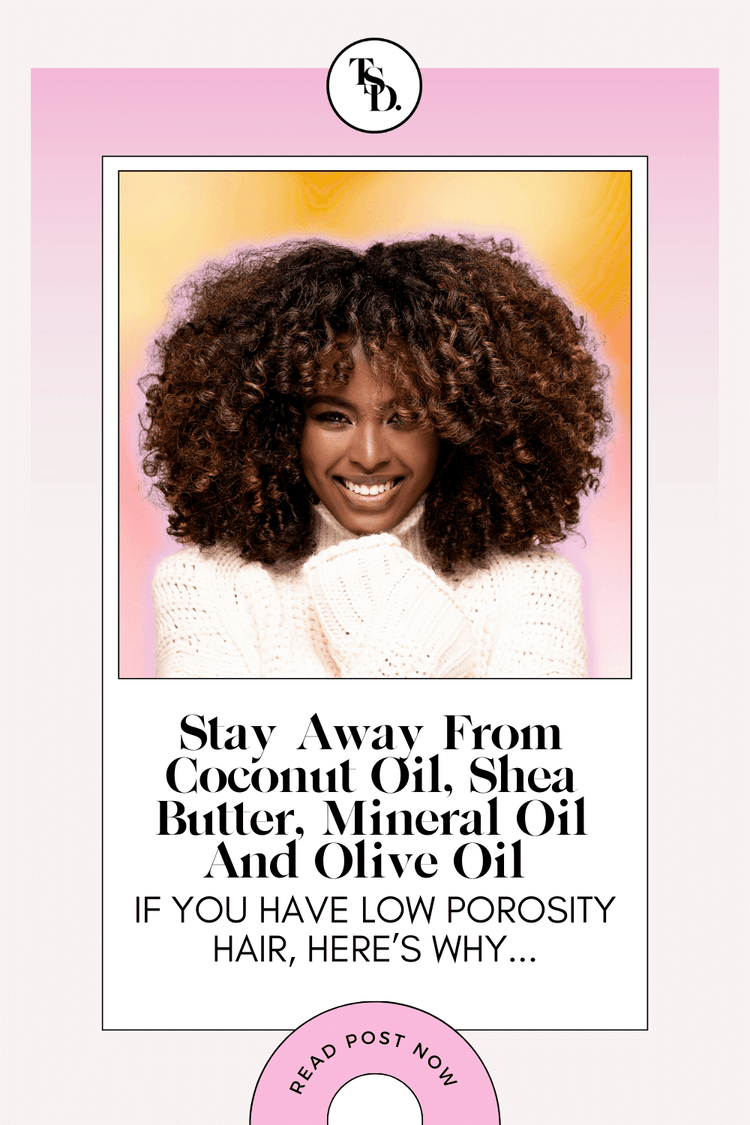
That’s it – the key low porosity hair oils to avoid! Remember, understanding what doesn’t work for your hair type is just as important as finding products that do. Your low porosity locks deserve care that enhances, not weighs them down.
Armed with this knowledge, you can make more informed choices about your hair care routine. Everyone’s hair journey is unique, so don’t be afraid to experiment (wisely!) to find what works best for you.
Have you had any experiences with oils that didn’t agree with your low porosity hair? Or perhaps you’ve found alternatives that work wonders? Share your thoughts in the comments below – let’s learn from each other!

